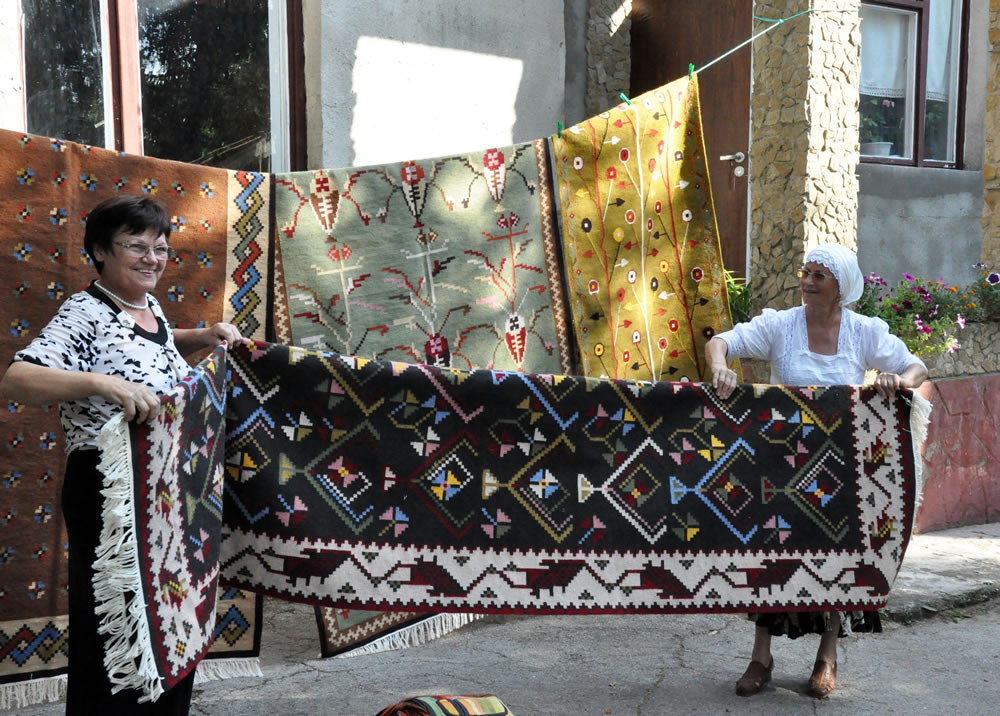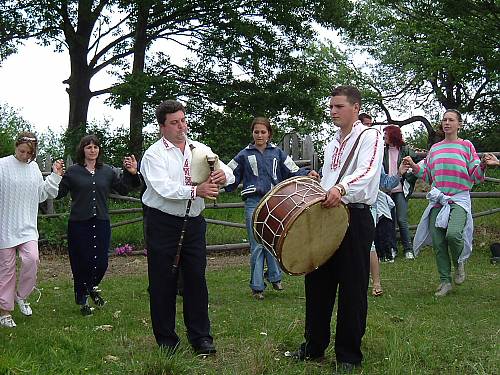The Convention for the Safeguarding of the Intangible Cultural Heritage was ratified in the Republic of Moldova in 2006: what is the status of its implementation now? How effective are the policies and infrastructure in place for safeguarding intangible cultural heritage? How could the country further benefit from the provisions of the Convention and existing opportunities at the national and international levels? A needs assessment implemented in November 2016 by UNESCO, in close cooperation with the Moldova Ministry of Culture, addressed these and many other questions. This was made possible thanks to the Italian government’s contribution to the UNESCO Regional Bureau for Science and Culture in Europe.
The needs assessment provided an in-depth analysis of legislative and policy frameworks in the field of intangible cultural heritage, institutional infrastructure, past and current inventorying efforts, as well as how effectively intangible cultural heritage safeguarding is integrated into education in Moldova. The needs assessment report highlighted a number of challenges encountered by the country at the national and local levels in implementing the Convention and formulated the main needs for the efficient safeguarding of intangible cultural heritage.
The assessment proposed a tentative multi-year action plan focusing on capacity building, community-based inventorying, preparing safeguarding plans and strengthening the role of intangible cultural heritage in education. In the light of Moldova’s National Strategy for Cultural Development, “Culture-2020”, which is part of the National Development Strategy “Moldova 2020”, the action plan recommends revising the national policies linked to intangible cultural heritage, particularly in the domain of traditional crafts. This report will allow national counterparts in Moldova to improve upon the safeguarding of intangible cultural heritage and consider different funding opportunities to implement the action plan.




